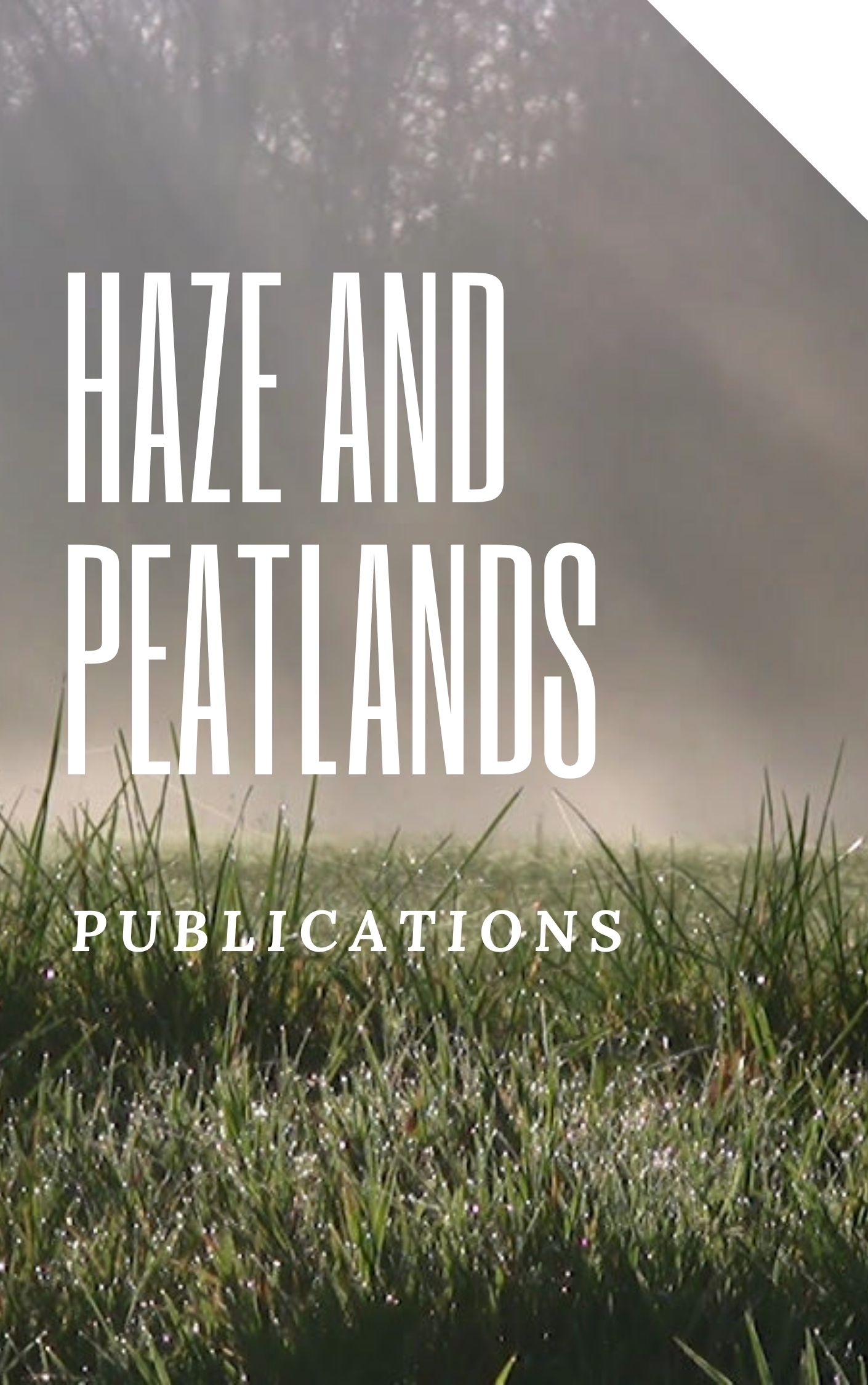The RP [Republic of the Philippines]-Japan Forestry Development Project - watershed management (1987-1992) is a technical cooperation project between the two governments which has included social forestry aspects as one of its major watershed management activities. The approaches adopted by the project are modified versions/combinations of 'Family Approach Reforestation' (in the management pattern used) and 'Contract Reforestation Program' (in the contract regulations used). Two programmes have been undertaken. Phase I (1989-91) was the 'Upland Family Based Program' in which fire-prone areas adjacent to farm lots (occupied and tilled by the families), or areas on the periphery of nearby plantations, were planted with suitable forest (Acacia auri[culiformis]) and fruit (mango, jackfruit, cashew and citrus) trees. Each of 30 families planted 1 ha. Payments were P9000 per family in 8 instalments over 3 yr. Incentives and privileges included planting short-term crops (vegetables and root crops) between fruit trees (with erosion control measures); technical advice and seedlings were provided, and the formation of cooperatives was encouraged. Phase II (1990-90) was the 'Community Based Reforestation Program' which also utilized fire-prone areas which were assigned as strip shaped lots of several hectares and served as a buffer zone between farm lots and nearby established plantations. Species planted and incentives were the same as for Phase I. Payments were P#300 per family with 4 instalments over the first year. Cooperative formation was directed, and cooperatives were supervised by social forestry officers. A conceptual framework is presented for monitoring and evaluation of the programmes, and of the results of baseline surveys of the participants. The baseline survey covered such topics as household income, farm tenure, major problems and needs, experience in tree planting, motivation for joining the programme, and plans to cultivate between fruit trees; its results are briefly outlined.

